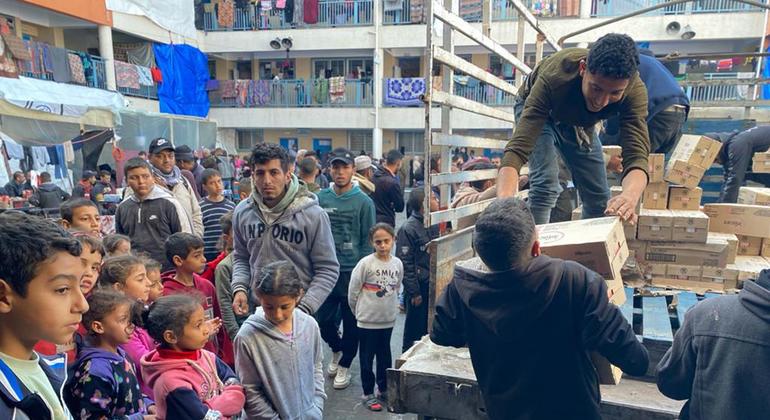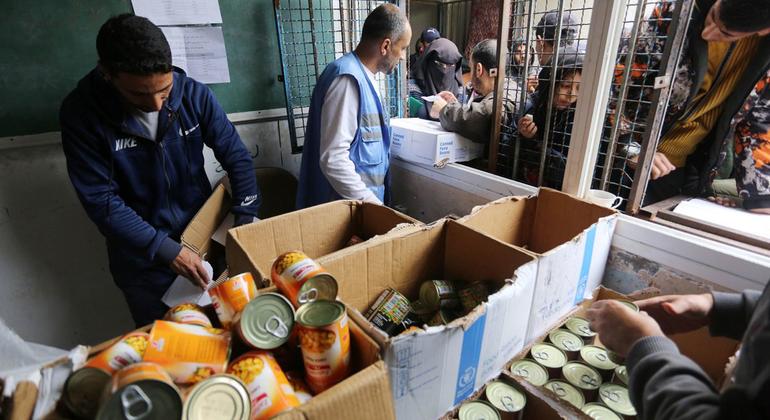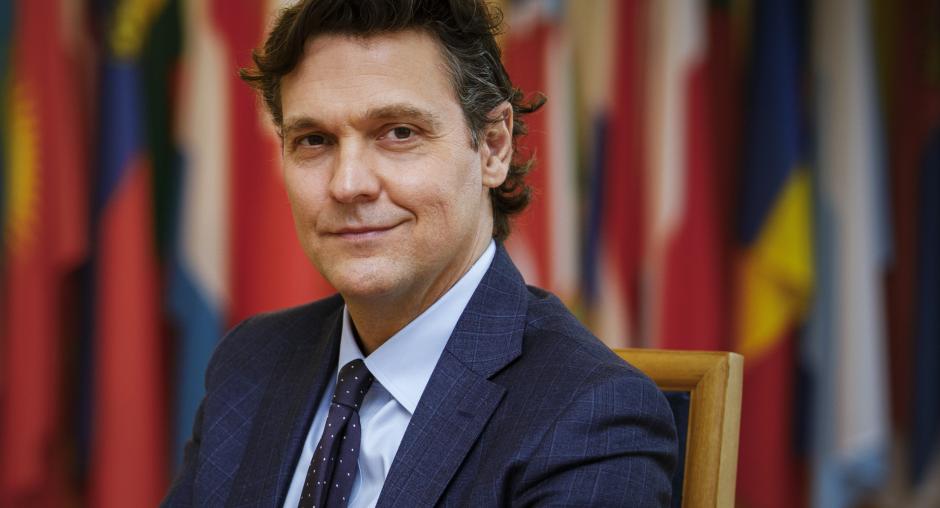EP and Council negotiators agreed on the creation of a European Health Data Space to ease access to personal health data and to boost secure sharing for the public interest.
The provisional political agreement on a European Health Data Space (EHDS), reached early on Friday by Parliament and the Belgian Presidency of the Council, outlines that patients will be able to access their personal health data electronically across the EU’s different healthcare systems. The bill also gives health professionals access to their patients’ data, based strictly on what is necessary for a given treatment, and patients will also be able to download their health record free of charge.
Electronic health records (EHR) would include patient summaries, electronic prescriptions, medical imagery and laboratory results (so-called primary use).
Each country would establish national health data access services based on the MyHealth@EU platform. The law would also create a European electronic health record exchange format, and outline rules on data quality, security and the interoperability of EHR systems that will be monitored by national market surveillance authorities.
Data-sharing for the common good with safeguards
The EHDS would allow anonymised or pseudonymised health data, including health records, clinical trials, pathogens, health claims and reimbursements, genetic data, public health registry information, wellness data and information on healthcare resources, expenditure and financing, to be shared for public interest purposes (so-called secondary use). These reasons would include research, innovation, policy-making, education and patient safety purposes.
The sharing of data for advertising or assessing insurance requests will be prohibited. During negotiations, MEPs ensured that secondary use would not be allowed concerning decisions on labour markets (including job offers), lending conditions and other types of discrimination or profiling.
Stronger safeguards for sensitive data
The law ensures patients will have a say in how their data is used and accessed. They must be informed each time their data is accessed, and they will have the right to request or correct incorrect data. Patients will also be able to object to healthcare professionals accessing their data for primary use, except where this is necessary for protecting the vital interests of the data subject or another person. MEPs secured the right for patients to opt out of secondary use, with certain exceptions for public-interest, policy-making or statistics purposes, and protections for intellectual property rights and trade secrets when relevant data is shared for secondary use.
National data protection authorities will monitor the enforcement of health data access rights and will be empowered to issue fines in the event of shortcomings.
Quotes
Tomislav Sokol (EPP, Croatia), Environment Committee co-rapporteur, said: “The European Health Data Space will put citizens in control of their health data by providing a safe framework for storing and accessing their personal health records that will be accessible anywhere in the EU – enhancing healthcare at a national and cross-border level. the EHDS will also facilitate the responsible sharing of health data to researchers – boosting research and innovation in the EU, and ensuring the development of new treatments.”
Annalisa Tardino (ID, Italy), Civil Liberties Committee co-rapporteur, said: “The EHDS will contribute to providing state-of-the-art healthcare to patients everywhere in the EU. We have succeeded in including in the text significant reinforcements regarding the protection of sensitive personal data, in particular with the possibility for patients to opt-out both for primary and secondary use of their health data. In that regard, Parliament’s mandate was stronger and provided even more safeguards, but the majority of LIBE political groups considers that the final agreement strikes a balance between exchanging health data for treatment and for life-saving research, and protecting the privacy of our citizens.”
Next steps
europeThe provisional agreement still needs to be formally adopted by both institutions before it can enter into law.















